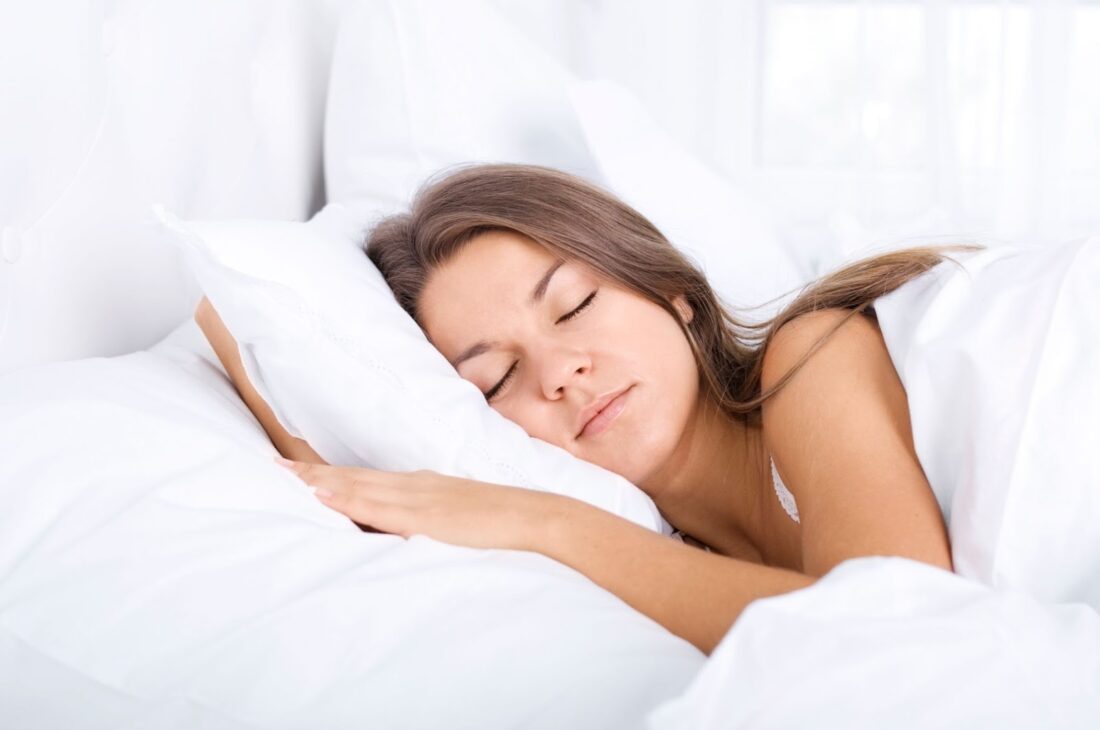In this fast-paced world, it’s easy to become overwhelmed, stressed, and exhausted. We all know that sleep is essential for rest and rejuvenation, but did you know that there are non-sleep deep rest techniques that can be just as effective, if not more?

In this blog post, with the help of https://www.nsdr.co/ , we will be exploring different non-sleep deep rest techniques that you can incorporate into your self-care routine to help you achieve true relaxation and rejuvenation. From mindfulness meditation to floatation therapy, there are plenty of options to choose from. Let’s get started!
Mindfulness Meditation
Mindfulness meditation is a form of mental training that helps you focus on the present moment. By quieting the mind and paying attention to your thoughts and feelings, you can reduce stress and increase feelings of relaxation. Regular engagement in breathwork training can improve your physical health, mental clarity, and emotional well-being.
To practice mindfulness meditation, start by finding a quiet and comfortable place to sit. Set a timer for your desired length of time (beginners may start with 5-10 minutes). Sit with your back straight and focus on your breathing. When your mind wanders, gently bring it back to your breath.
Floatation Therapy
Floatation therapy involves lying in a sensory deprivation tank filled with warm, saltwater. The tank is designed to help you achieve deep relaxation by eliminating all sensory input, including light and sound. As you float, your body and mind can fully relax, allowing you to reach a meditative state. Floatation therapy has been shown to reduce stress, anxiety, and pain.
To try floatation therapy, search for a floatation center near you. Before your session, make sure you’re well-rested and not hungry. You’ll also be asked to shower before your session to remove any oils or lotions from your skin. Once you’re in the tank, simply relax and enjoy the weightlessness.
Yoga Nidra
Yoga Nidra, also known as “yogic sleep,” is a guided meditation that takes you through a series of relaxation exercises. The practice involves lying down in a comfortable position while a teacher leads you through a meditation that focuses on different areas of your body. Yoga Nidra can be particularly beneficial for those who struggle with insomnia or anxiety.
To practice Yoga Nidra, find a quiet and comfortable place to lie down. You may want to use a bolster or pillow to support your body. Follow along with a guided meditation or have a teacher lead you through the practice.
Breathwork
Breathwork involves intentionally changing your breathing patterns to reduce stress and increase relaxation. There are many different types of breathwork, but the goal is generally to slow down your breath and bring more oxygen to your body and mind. Regular practice of breathwork can improve your physical health, mental clarity, and emotional well-being.
To practice breathwork, find a comfortable place to sit or lay down. Begin by taking deep, slow breaths into your belly. Focus on your breath and try to make it as slow and smooth as possible. You can also try different types of breathwork, such as the Wim Hof Method or Pranayama.
Incorporating non-sleep deep rest techniques into your self-care routine can help you achieve true relaxation and rejuvenation. By slowing down and quieting your mind, you can reduce stress, anxiety, and feelings of overwhelm. Whether you prefer mindfulness meditation, floatation therapy, Yoga Nidra, or breathwork, there is a technique for everyone. Experiment with different techniques and find what works best for you. Remember, self-care is not selfish – it’s essential for your well-being.



